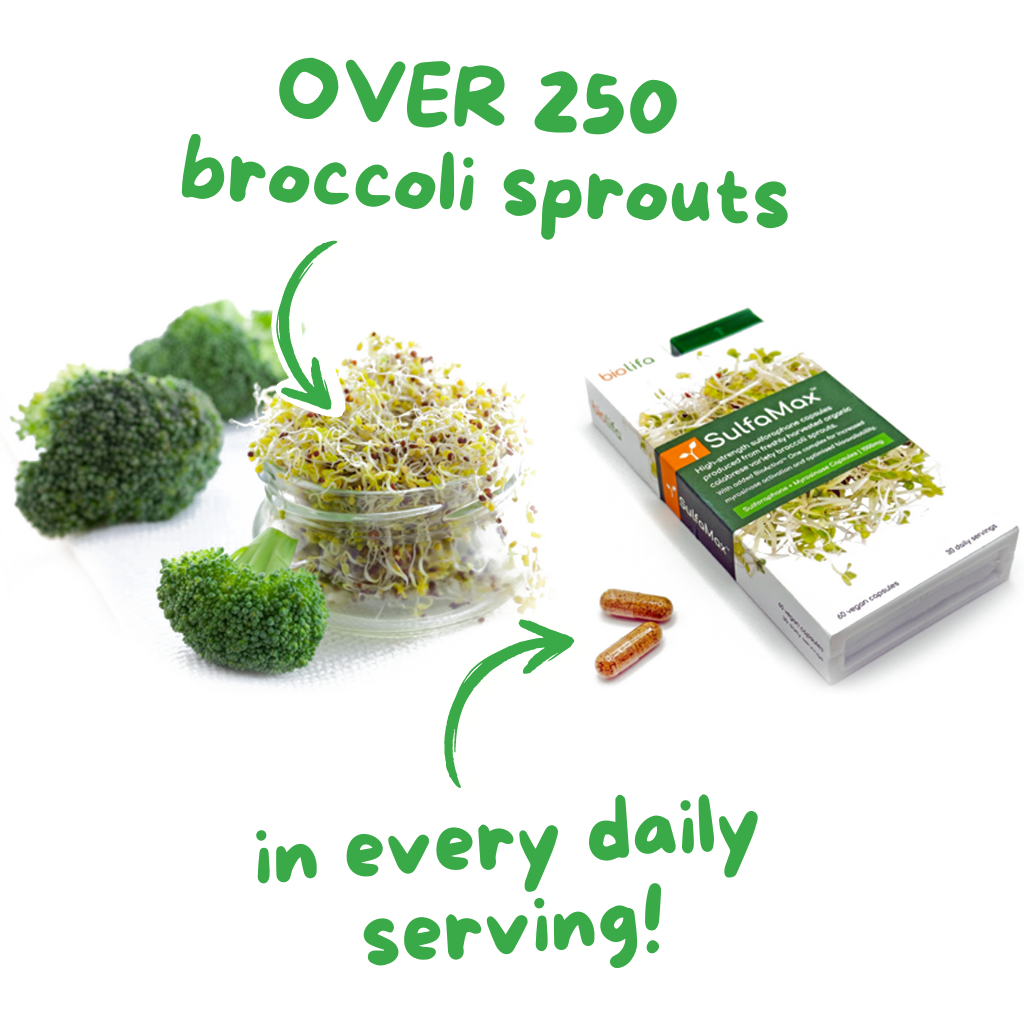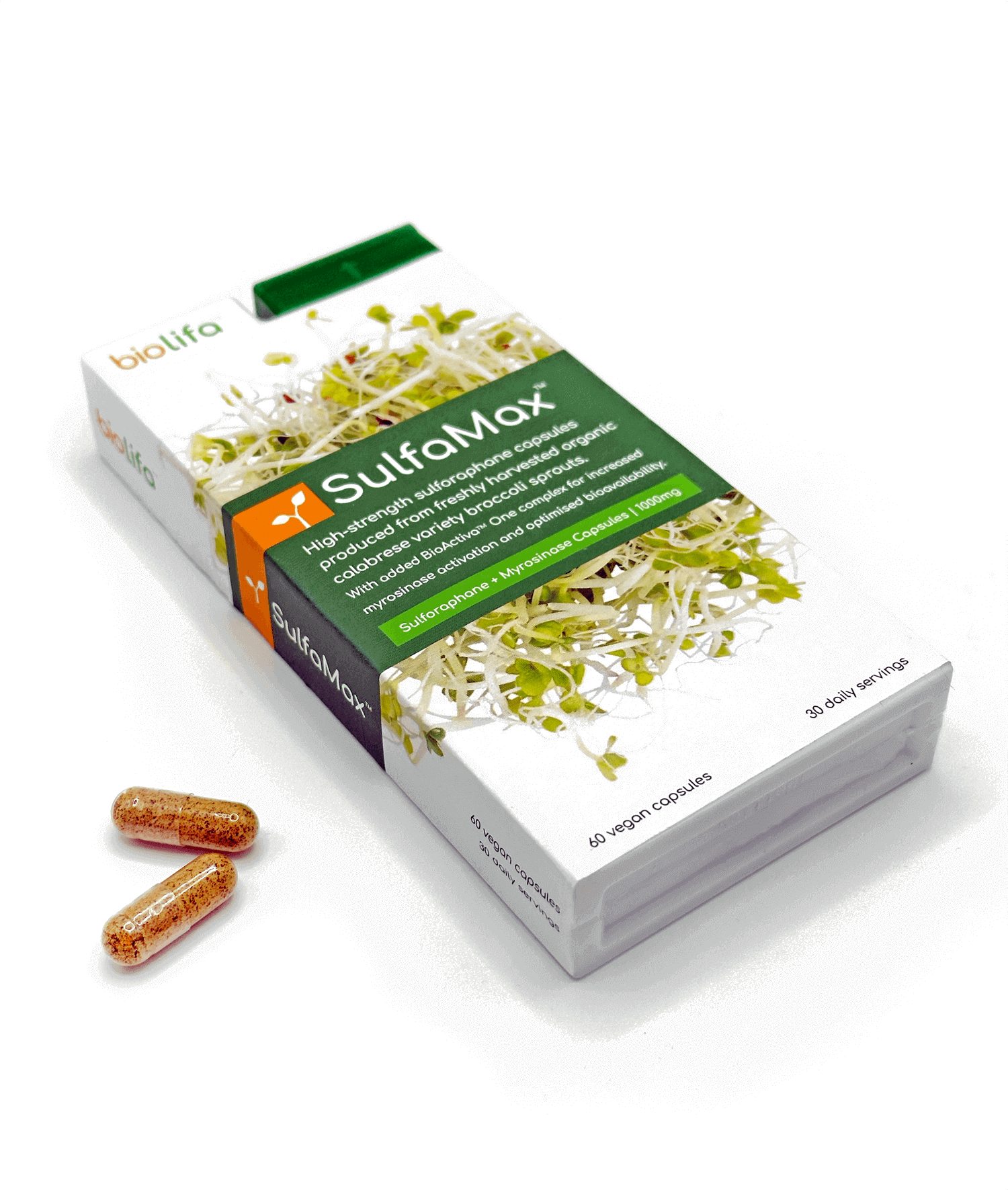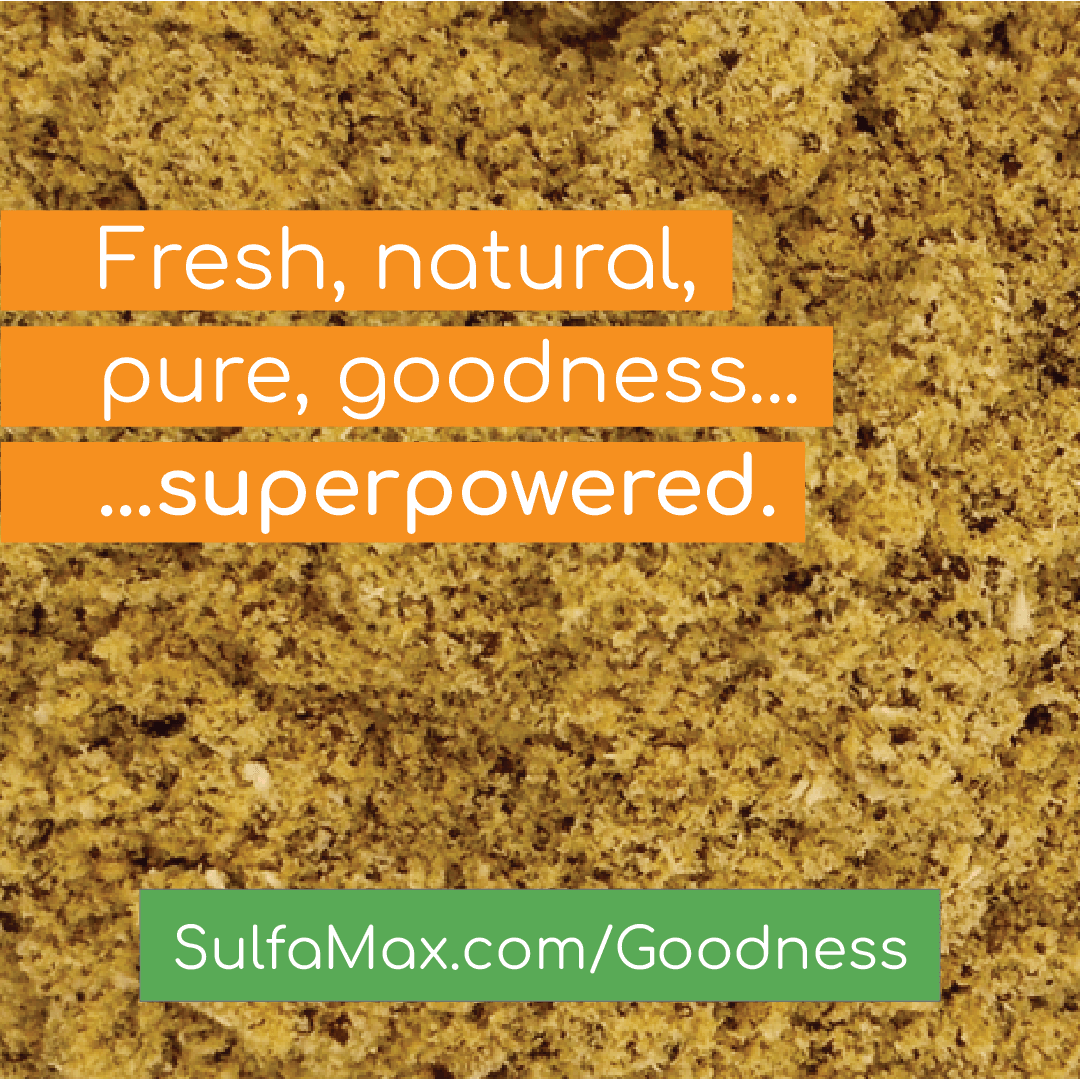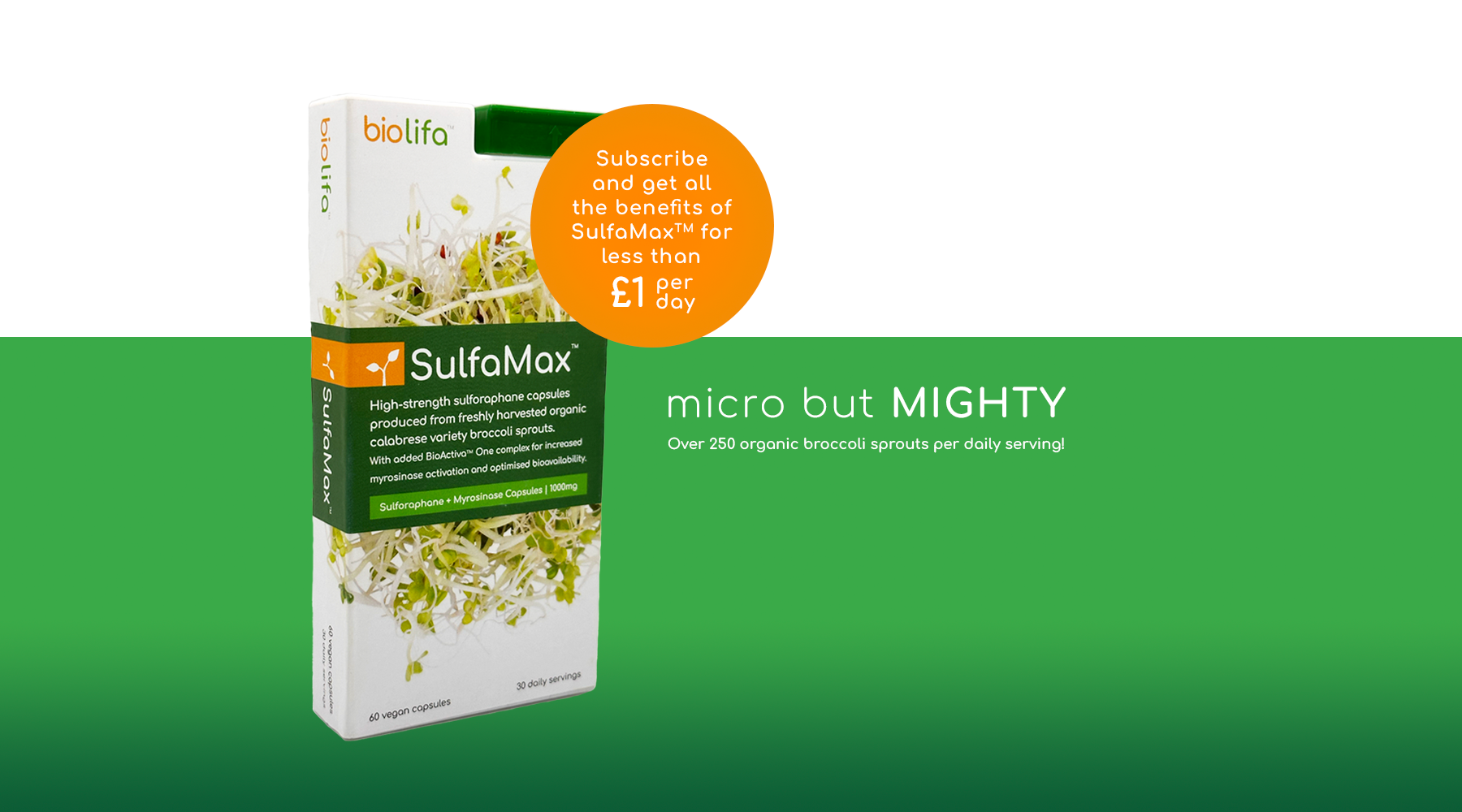Osteoporosis, a condition characterised by weak and brittle bones, affects millions of people worldwide. It can lead to fractures, chronic pain, and a decreased quality of life. While there are medications available to treat osteoporosis, they often come with unwanted side effects. But what if there was a natural solution that could help strengthen your bones without any negative consequences? Enter sulforaphane, a powerful compound found in certain vegetables that has been shown to have incredible benefits for bone health.
What is Sulforaphane?
Sulforaphane is a natural compound that belongs to a group of chemicals called isothiocyanates. It is found in cruciferous vegetables such as broccoli, Brussels sprouts, and kale. When these vegetables are chopped, chewed, or cooked, an enzyme called myrosinase converts a precursor compound called glucoraphanin into sulforaphane. This conversion process is what gives these vegetables their unique health benefits.
How Does Sulforaphane Help with Osteoporosis?
Research has shown that sulforaphane has the potential to improve bone health and reduce the risk of osteoporosis. It works by activating a specific pathway in the body called the Nrf2 pathway, which is responsible for regulating the production of antioxidants and detoxification enzymes. By activating this pathway, sulforaphane helps to reduce oxidative stress and inflammation, both of which play a role in the development of osteoporosis.
Studies Supporting Sulforaphane's Benefits
Several studies have demonstrated the positive effects of sulforaphane on bone health. In a study published in the journal Frontiers in Pharmacology, researchers found that sulforaphane supplementation increased bone mineral density and improved bone microarchitecture in mice with osteoporosis. Another study published in the Journal of Medicinal Food showed that sulforaphane protected against bone loss in rats with estrogen deficiency, a common cause of osteoporosis in postmenopausal women.
How to Incorporate Sulforaphane into Your Diet
If you're looking to boost your bone health and prevent osteoporosis, incorporating sulforaphane-rich foods into your diet is a great place to start. Here are some tips:
- Add broccoli, Brussels sprouts, kale, and other cruciferous vegetables to your meals
- Steam or lightly cook these vegetables to preserve the myrosinase enzyme
- Try making a delicious and nutritious broccoli and kale salad
- Consider taking a sulforaphane supplement, especially if you have a limited intake of these vegetables
If you want a quick, hassle free way to get broccoli sprouts into your diet on a daily basis - try our SulfaMax sulforaphane supplement which contains over 250 organically grown broccoli sprouts in each two capsule serving.
Conclusion
Osteoporosis is a serious condition that can have a significant impact on your quality of life. While there are medications available, the potential side effects may make you hesitant to try them. Fortunately, sulforaphane offers a natural and safe alternative for improving bone health and reducing the risk of osteoporosis. By incorporating sulforaphane-rich foods into your diet or considering a supplement, you can take proactive steps towards stronger and healthier bones. Remember, your bone health is in your hands, so why not give sulforaphane a try?







